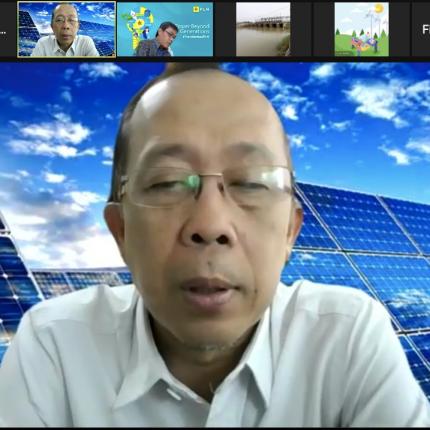Global Landscape Of Renewable Energy Finance 2020
Global investment in renewable energy made significant progress between 2013 and 2018, with a cumulative USD 1.8 trillion invested. The decrease in installation costs, resulting from improvements in technology and the adaptation of procurement mechanisms to changing market conditions, has proven to be an effective catalyst in ramping up investment and building additional capacity.
This second edition of the Global Landscape of Renewable Energy Finance presents key global investment trends between 2013 and 2018 by region and sector, maps the role of different financial instruments and explores key differences between private and public actors. While the landscape is encouraging at first sight, the data suggest that the international community still has a long way to go to reach the level of investment necessary to achieve international climate and development goals.
The analysis also paints an unequal picture of the landscape of renewable energy finance, skewed heavily toward private actors operating in a handful of key countries. While investment has held a steady course in China, the United States and Western Europe, regions such as Latin America and the Caribbean, South Asia, and Sub-Saharan Africa remain under-represented in current global renewable energy investments.
For the first time, this report also looks at financial commitments to off-grid renewable energy technologies, which present a compelling costeffective answer to the challenge of ensuring universal access to sustainable energy, especially for populations and businesses in rural areas. The in-depth analysis of off-grid renewable energy investments presented here offers a distinct perspective on the ever-increasing role of renewable energy in the energy access space.
Following the outbreak of the coronavirus (COVID-19), renewable energy investments saw a 34% decline in the first half of 2020, compared with the same period in 2019 (BNEF, 2020a). Going forward, there is a risk that the impacts of the global crisis on both the energy and financial sectors may negatively affect renewable energy investment, hampering progress toward a global energy transition. Nevertheless, the current pandemic seems to have increased investors’ interest in more sustainable assets, such as renewables, as these have proven more resilient than conventional assets to the volatility caused by the COVID-19 crisis. By placing renewables at the core of their green stimulus packages, governments can signal long-term public commitment to the industry, boosting investor confidence and attracting additional private capital to the sector (IRENA, 2020a).
original source : www.irena.org/publications/2020/Nov/Global-Landscape-of-Renewable-Energy-Finance-2020







